Carbon fiber powder is made of high-strength, high-modulus carbon fiber filaments through a series of processes. Its original surface is relatively smooth and the number of active groups is limited, which makes it weak in interfacial force when it is combined with other materials. Special surface treatment is aimed at this situation, and the surface of carbon fiber filaments is modified by various means such as physics and chemistry. Among the physical methods, common ones are plasma treatment and sandblasting. Plasma treatment uses the interaction between active particles in plasma and the surface of carbon fiber filaments to etch the surface microstructure, increase the surface roughness, and introduce new functional groups. In this process, high-energy plasma particles bombard the surface of carbon fiber filaments, causing the surface atoms to migrate and reorganize, and the originally flat surface gradually forms a nano-scale concave-convex structure, just like carving countless tiny "gullies" on a smooth plane. These "gullies" greatly increase the contact area between carbon fiber powder and other materials.
Sandblasting uses high-speed sprayed sand particles to impact the surface of carbon fiber filaments, and damages the surface through mechanical action to form a rough surface. This roughening treatment not only increases the surface area, but also introduces stress on the surface, making the surface atoms unstable, thereby increasing the surface activity. There are also various chemical treatment methods, and oxidation treatment is one of the important ones. Through a strong oxidant and the surface of the carbon fiber, the surface carbon atoms are oxidized to form active groups such as hydroxyl and carboxyl. These active groups are like "bridges" for the combination of materials. They can react chemically with the functional groups in the matrix material to form chemical bonds, and tightly connect the carbon fiber powder and the matrix material together. There is also a graft polymerization treatment, through the action of an initiator, a specific monomer is polymerized on the surface of the carbon fiber to form a polymer chain. On the one hand, these polymer chains increase the active sites on the surface, and on the other hand, they can form physical entanglements with the matrix material to further enhance the interface bonding.
After special surface treatment, the physical and chemical properties of the surface of the carbon fiber filaments change significantly. The increase in surface active groups enables the carbon fiber powder to interact with other materials in a more diverse manner. Taking the combination with the resin matrix as an example, the untreated carbon fiber powder and the resin are mainly combined by weak van der Waals forces. This combination method is prone to interface debonding when subjected to external forces, resulting in a decrease in the performance of the composite material. After the active groups are introduced through surface treatment, the hydroxyl and carboxyl groups in the active groups can react with the active groups in the resin by chemical reactions such as esterification and etherification to form covalent bonds. The strength of covalent bonds is much higher than that of van der Waals forces, which can effectively prevent relative sliding at the interface and greatly enhance the bonding strength between carbon fiber powder and resin.
The change in surface roughness also makes an important contribution to the improvement of bonding ability. The rough surface is like a "lock buckle". When the carbon fiber powder is mixed with the matrix material, the matrix material can better "embed" these "lock buckles" to form a mechanical interlocking structure. The combined effect of this mechanical interlocking and chemical bonds makes the bond between the carbon fiber powder and the matrix material stronger. In practical applications, this strong bond enables the carbon fiber powder to more effectively transfer the load to the matrix material when the composite material is subjected to external forces such as tension and bending, giving full play to its reinforcing effect and improving the overall mechanical properties of the composite material. Moreover, good interface bonding can also reduce stress concentration and avoid premature cracking and damage of the material during use.
The changes brought about by special surface treatment will also have a positive impact on other properties of carbon fiber powder after being combined with other materials. For example, better bonding ability helps to improve the thermal stability of composite materials. When the composite material is heated, the tight interface bonding can inhibit the influence of thermal expansion and contraction of the matrix material on the carbon fiber powder, reduce the interface damage caused by thermal stress, and enable the composite material to maintain good performance in high temperature environment. In terms of electrical properties, after special surface treatment, the contact resistance between the carbon fiber powder and the conductive matrix material is reduced, and the electrons can be conducted more smoothly in the composite material, thereby improving the conductivity of the composite material, making it have better performance in electronic packaging, electromagnetic shielding and other fields.
The advantage of special surface treatment in improving the bonding ability of carbon fiber powder with other materials is fully reflected in the application of many fields. In the field of aerospace, composite materials are widely used in the manufacture of aircraft structural components. The components made by compounding carbon fiber powder with resin after special surface treatment have excellent strength and lightweight characteristics. Because the carbon fiber powder is tightly bonded to the resin, the components can maintain structural integrity when bearing complex loads during flight, effectively avoiding component damage caused by interface failure, and ensuring the flight safety of the aircraft. At the same time, the improvement of bonding ability improves the fatigue performance of composite materials, prolongs the service life of components, and reduces maintenance costs. In the manufacture of spacecraft such as satellites, this tightly bonded composite material can also withstand the impact of extreme environments in space and ensure the normal operation of equipment.
In the field of automobile manufacturing, carbon fiber powder reinforced composite materials with special surface treatment can be used to manufacture key parts such as automobile bodies and chassis. Tight bonding allows composite materials to have sufficient strength and rigidity while reducing the weight of the car, improving the car's handling performance and fuel economy. Moreover, good bonding ability can also enhance the corrosion resistance of composite materials, allowing automotive parts to maintain stable performance in various complex environments and extend the service life of the car. With the development of new energy vehicles, higher requirements are placed on the strength and safety of components such as battery boxes. Carbon fiber powder reinforced composite materials with special surface treatment can better meet these needs and provide strong support for the development of new energy vehicles.
In the sporting goods industry, special surface treatment also plays an important role. For example, in the manufacture of high-end bicycle frames, the frames made of carbon fiber powder and resin are tightly combined. Not only are they light and easy for riders to control, but they also have excellent strength and toughness and can withstand various impacts and stresses during riding. This high-performance frame brings riders a better riding experience and helps improve their competitive level. In the production of golf clubs, carbon fiber powder is closely combined with the matrix material, so that the club can transmit power more accurately when hitting the ball, improving the distance and accuracy of the shot. In the field of snowboard manufacturing, composite materials with special surface treatment to enhance the bonding ability can enable the snowboard to maintain good stability and controllability under different snow qualities and sliding conditions.
In the field of biomedicine, special surface treatment technology is also gradually emerging. Carbon fiber powder is combined with biocompatible materials to make artificial bones, tooth repair materials, etc. Through special surface treatment, the bonding ability of carbon fiber powder and biomaterials is improved, and at the same time, special biological activity is given to the surface of the material, so that it can better integrate with human tissue, promote cell adhesion, growth and differentiation, reduce rejection reactions, and provide patients with safer and more effective medical solutions. In the field of environmental protection, special surface treatment is used to enhance the bonding ability of carbon fiber powder and adsorption materials, and prepare high-performance adsorbents for sewage treatment and air purification. The close combination makes the adsorbent more stable during the adsorption process, not easy to fall off and lose, and improves the adsorption efficiency and service life.
How does special surface treatment improve the bonding ability of carbon fiber powder with other materials?
Product Consultation
HOT SALE
Hot Products
-
 Fiberglass Wall Covering Mat
View More
Fiberglass Wall Covering Mat
View More
-
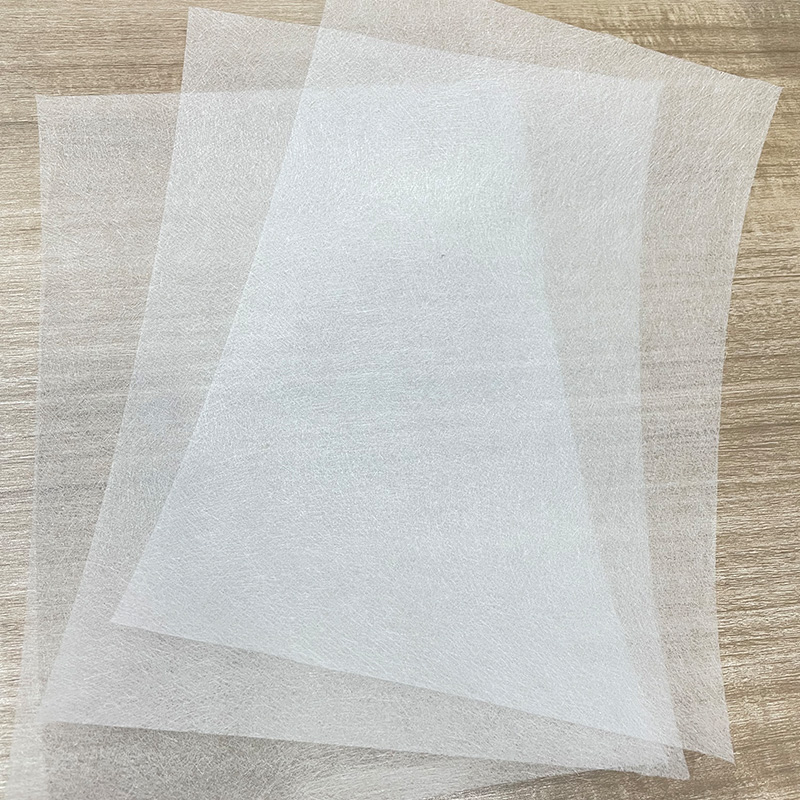 White Fiberglass Surface, Packaging Type: Roll at
View More
White Fiberglass Surface, Packaging Type: Roll at
View More
-
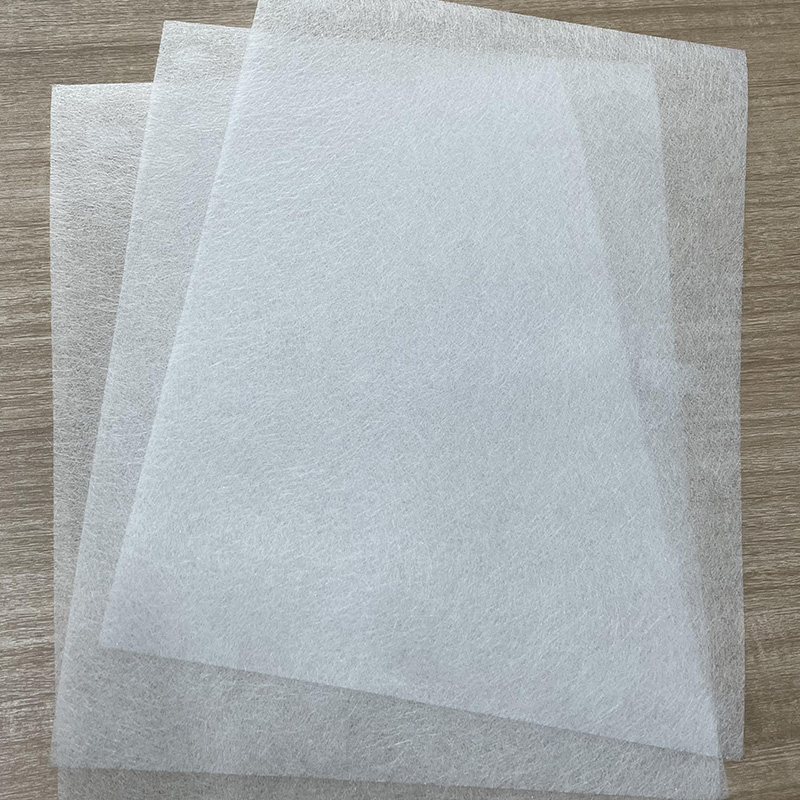 Fiberglass Tissue Mat for Roofing
View More
Fiberglass Tissue Mat for Roofing
View More
-
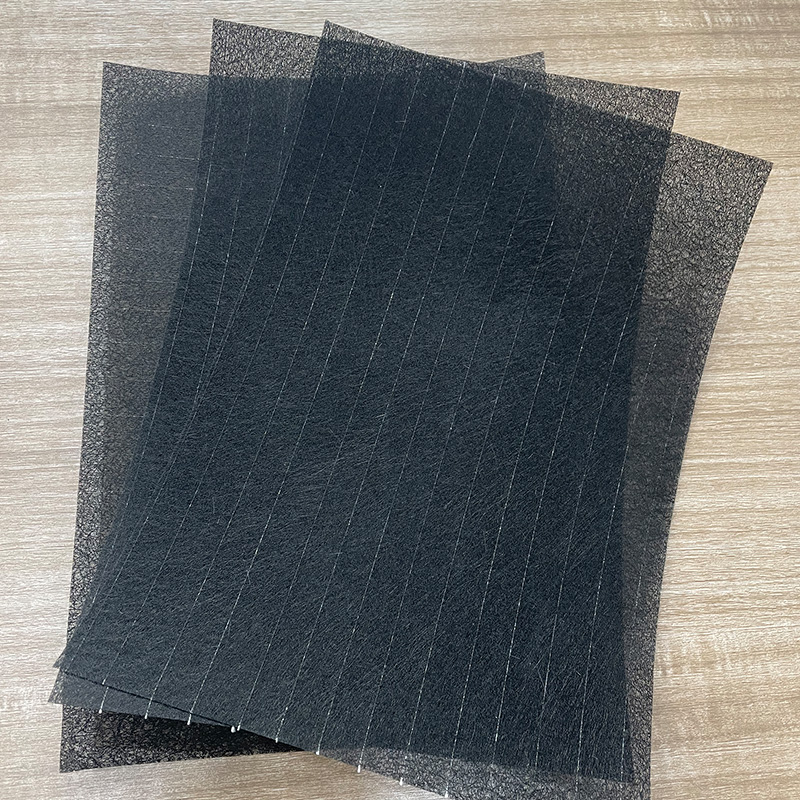 Black Fiberglass Tissue Facing
View More
Black Fiberglass Tissue Facing
View More
-
 Customized Colors For Fiberglass Tissue Facing Mat
View More
Customized Colors For Fiberglass Tissue Facing Mat
View More
-
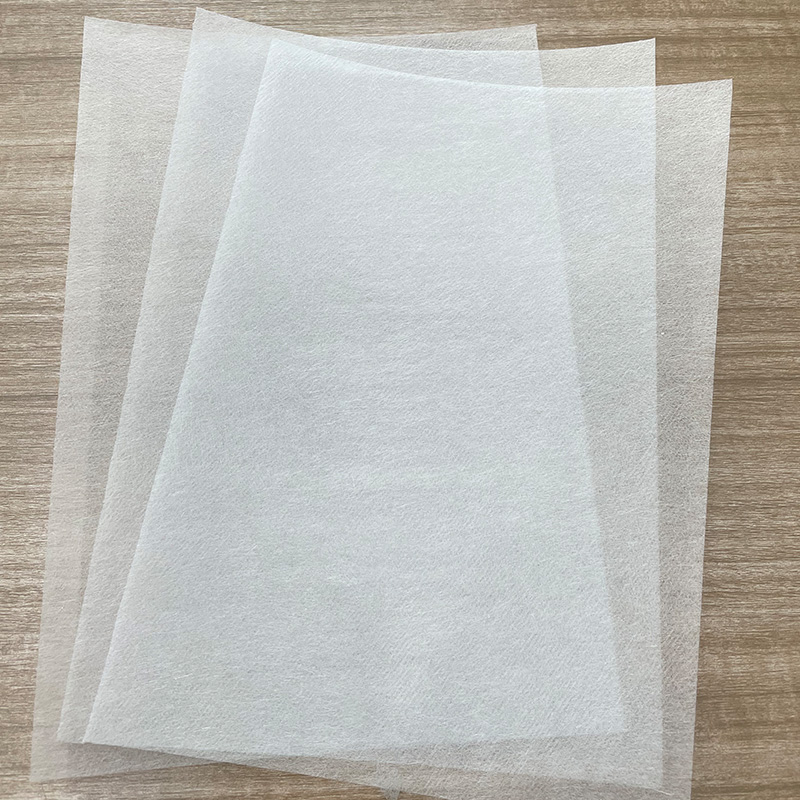 Glass Fiber For Molecular Sieve Zeolite Rotor
View More
Glass Fiber For Molecular Sieve Zeolite Rotor
View More
-
 Glass Fiber Mat For Pipe Wrapping/Pipe Wrap Glass Fiber Mat
View More
Glass Fiber Mat For Pipe Wrapping/Pipe Wrap Glass Fiber Mat
View More
-
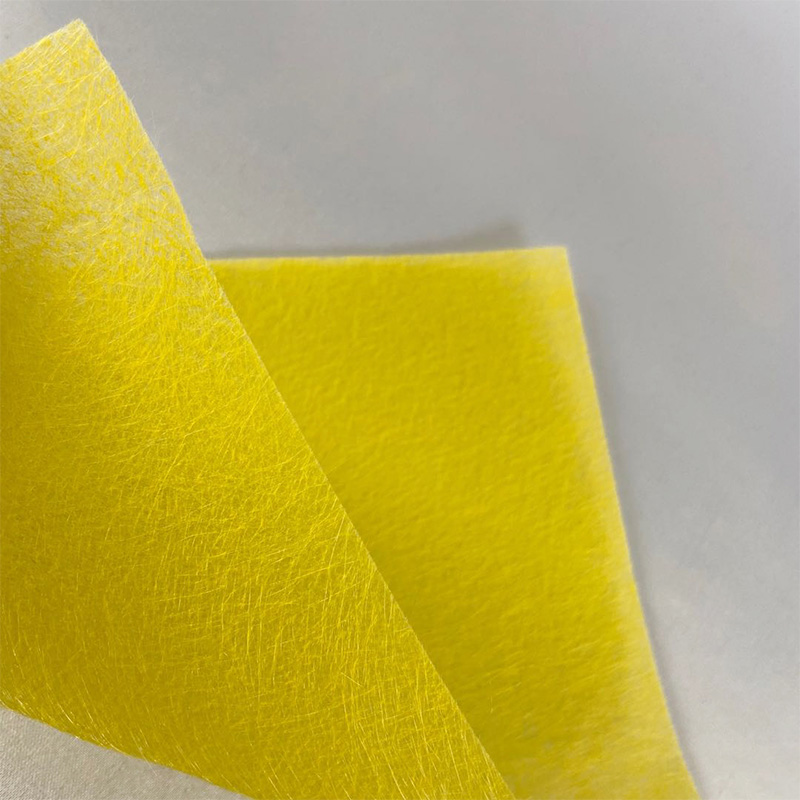 Glass Fiber Separator For Battery
View More
Glass Fiber Separator For Battery
View More
-
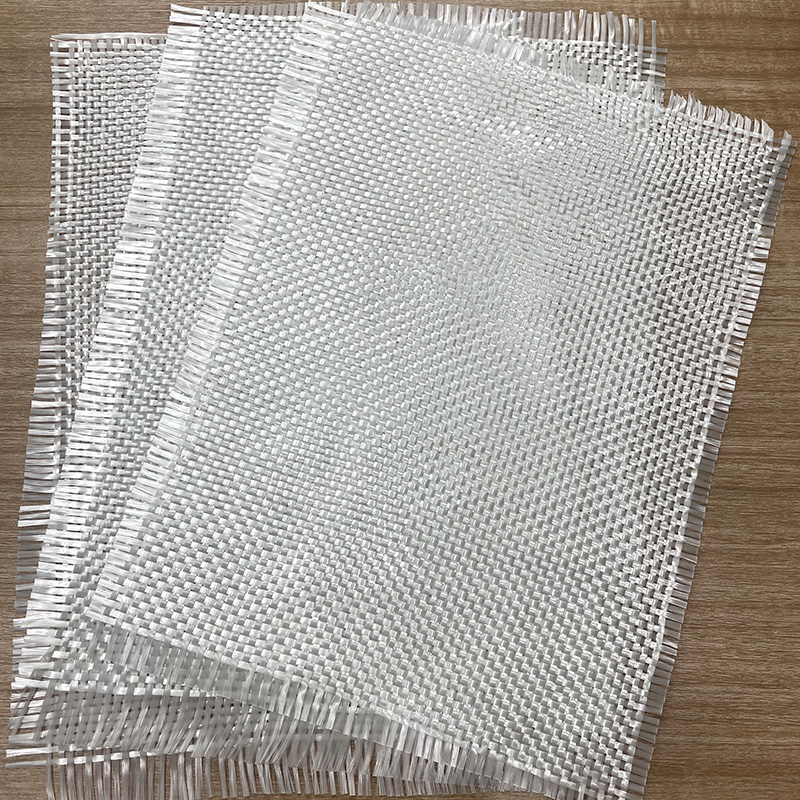 200g/400g/600g Glass Fiber Cloth/Grammage Can Be Set Glass Fiber Cloth
View More
200g/400g/600g Glass Fiber Cloth/Grammage Can Be Set Glass Fiber Cloth
View More
-
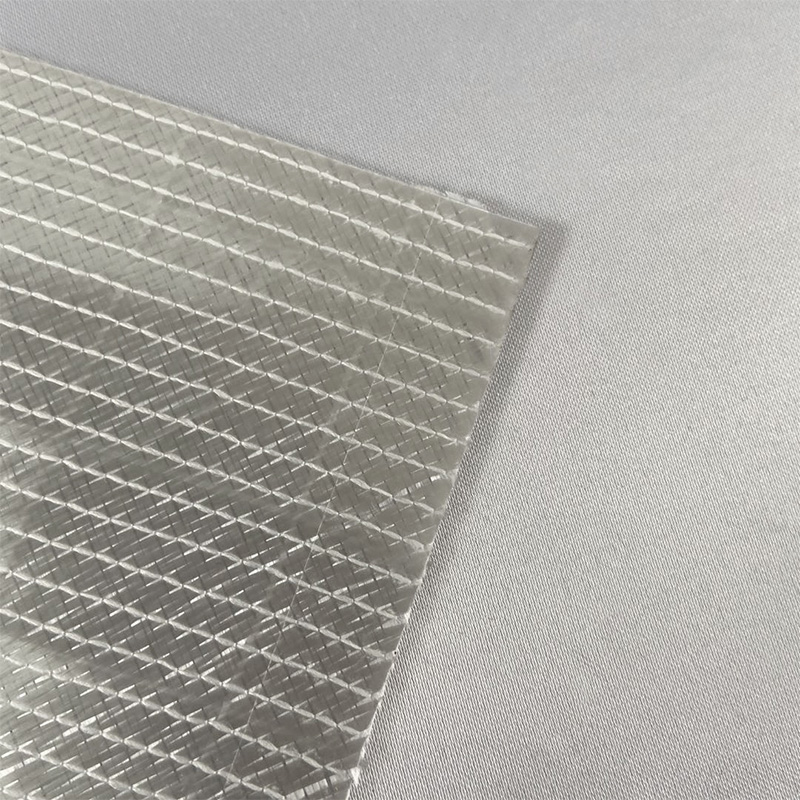 300g Multi-Axial Cloth ±45° / Wind Turbine Silo Cover / Grade A Alkali-Free Multi-Axial Cloth
View More
300g Multi-Axial Cloth ±45° / Wind Turbine Silo Cover / Grade A Alkali-Free Multi-Axial Cloth
View More
-
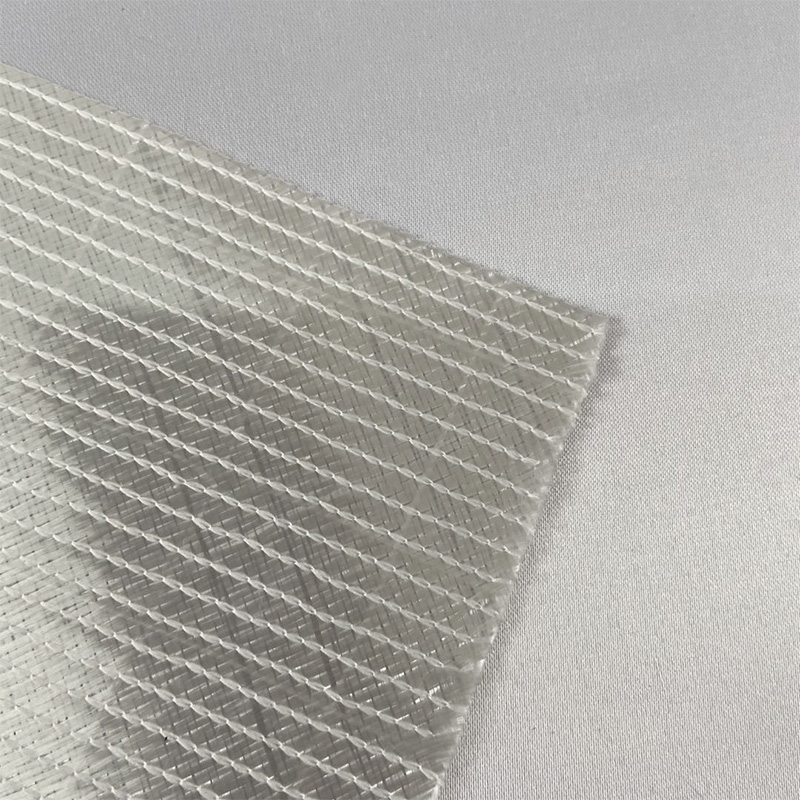 275g Unidirectional Glass Fiber Cloth Fiberglass Cloth
View More
275g Unidirectional Glass Fiber Cloth Fiberglass Cloth
View More
-
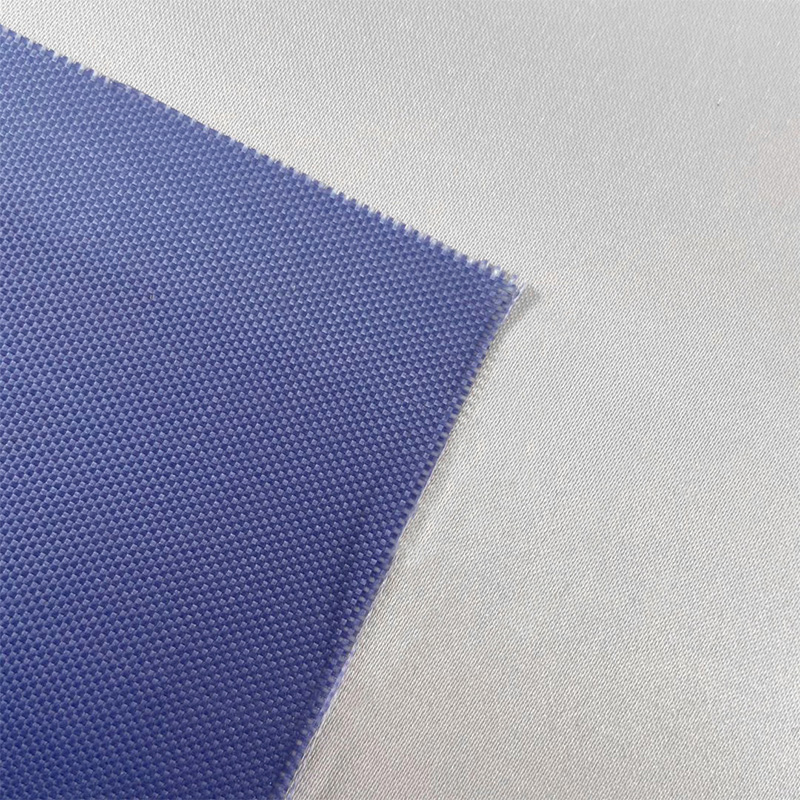 Blue/Coloured Glass Fiber Cloth/Colour And Weight Are Available For Decoration Of Soft Package
View More
Blue/Coloured Glass Fiber Cloth/Colour And Weight Are Available For Decoration Of Soft Package
View More

 English
English 中文简体
中文简体 русский
русский Español
Español